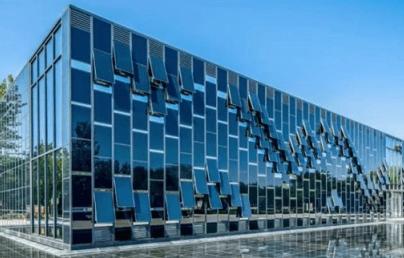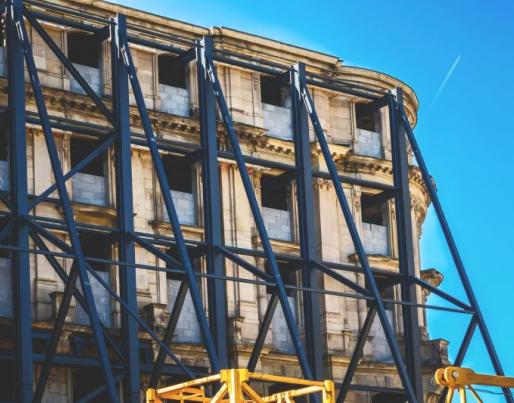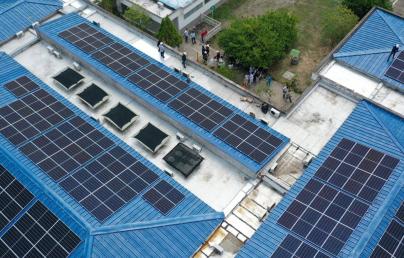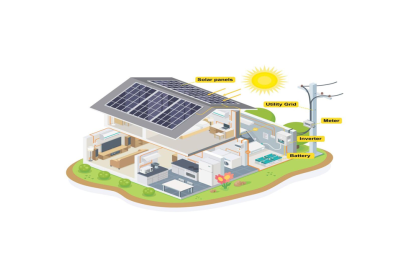
Interview: Mainstreaming sustainable buildings in Europe

Interview: Mainstreaming sustainable buildings in Europe
This interview questions the importance of renovating existing buildings to improve operational cost but also considering embodied carbon. The project suggests that Europe should find a way to mainstream sustainable buildings in order to achieve the decarbonisation targets.
Buildings are not only essential for life – they are also very hard to decarbonise. Throughout the past years and climate action efforts not enough progress has been made in transforming the ways we build, renovate, retrofit and rebuild. Why is the buildings sector so problematic in terms of reducing greenhouse gas (ghg) emissions and what can be done to mainstream sustainable buildings in Europe? We spoke with project manager Aleksandar Jelovac, landscape architect Ana Šenhold and civil engineer Marko Markić from the EUKI projects Retrofit HUB and Mitigating Greenhouse Gas Emissions in Heritage Buildings.
The building sector accounts for 40% of the energy consumption and 36% of the ghg emissions in the European Union. Where do these stunning numbers come from?
Aleksandar: Usually most people think about the operational cost of using a building and all the energy first. This is what we call operational carbon. But there is also a sector of extracting resources from earth, producing materials, bringing them to the construction site, building them, deconstructing them. This is called embodied carbon which itself accounts for 11 to 12 % of greenhouse gas (ghg) emissions and has been paid little attention to. We need to focus on both factors.
Why is the building sector such a problem child?
Ana: We have, in a way, two kinds of building stock: we have buildings that are old, and we have new buildings that are being built. Regarding new buildings it’s easy to create a law and decide that they need to be nearly zero energy buildings, or that they need to use this kind of heating or cooling system. But with the building stock that is already existing, it’s quite hard to just create laws that are going to make these things change. That’s challenging in Croatia, but accounts for the EU as well.
Marko: That’s true, and in all of Europe the issue is who is going to inhabit the new buildings? In Europe, the population is not growing. So why do we need new buildings at all? Retrofit and Renovation are solutions but at some point, you’ll have to ask feasibility questions. Does a renovation cost more than building a new building which has a better standard? What happens with historical and heritage buildings? This is tricky, but of course we are not going to destroy them. What we need are more and better feasibility studies to answer the question of when it is better to renovate or to build.
Read the full interview here.

